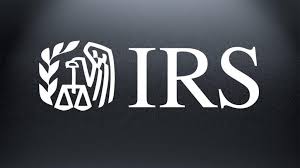1. File As Soon As Possible
The IRS uses a tiered penalty system based on how late your filing is. Filing within 30 days of the due date significantly reduces the penalty ($60 vs. $310).
🔄 Use the FIRE System to transmit forms even after the deadline. It stays open year-round for late or corrected filings.
2. Submit a Reasonable Cause Letter
If your late filing was due to:
-
Natural disasters
-
Death or serious illness
-
Software or transmission issues
-
Undue hardship
…you may request penalty abatement. Submit a written statement explaining the reasonable cause with supporting documentation to the IRS Service Center after filing.
3. File Corrections Promptly
If the error that delayed your submission was due to incorrect data, correct the form quickly through the FIRE System. Penalties can be reduced if corrections are made before the IRS catches the issue.
4. Use IRS Form 8809 (Extension Request)
While it must be filed before the original deadline, note this for future filings:
-
Form 8809 grants a 30-day automatic extension (for most 1099s and 1042-S)
-
Can be filed electronically through FIRE
5. Consult a Software Vendor
1099FIRE understands FIRE formatting and transmission standards. They can often:
-
Help prevent duplicate or rejected submissions
-
Automate extensions and corrections
-
Communicate with the IRS on your behalf
📌 Conclusion
Missing the filing deadline for 1099s or 1042-S forms doesn’t have to be a disaster. By filing late returns quickly, submitting a reasonable cause letter, and ensuring future-year preparedness, you can minimize IRS penalties—and stay in the good graces of the IRS.
If you’re not yet registered for FIRE or you’re unsure how to correct a submission, let me know—I’m happy to walk you through it. Our main office can be reached at (480) 706-6474.

